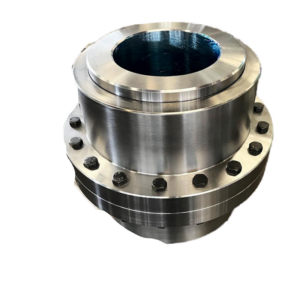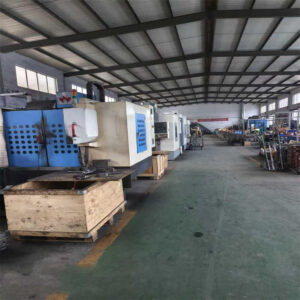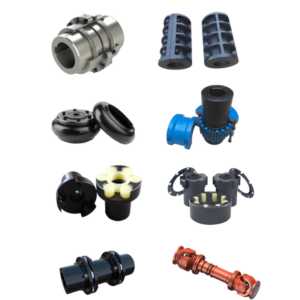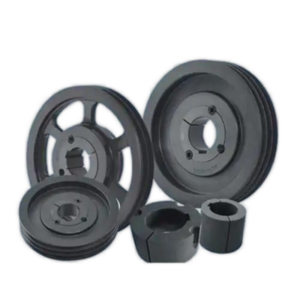When selecting a coupling, multiple factors need to be considered. The following are some basic steps and key points for the selection:
Clarify the working requirements
- Power transmission: According to the power of the driving motor or other power sources, as well as the input power required by the working machine, select a coupling that can meet the power transmission requirements. Generally speaking, the rated power of the coupling should be greater than or equal to the power required by the working machine. At the same time, consider a certain safety factor to deal with possible overload situations.
- Rotational speed: The allowable rotational speed of the coupling is related to its own structure, size, material, and moment of inertia. For the shafting operating at high speed, select a coupling with a small moment of inertia and high balancing accuracy to reduce vibration and noise.
- Load nature: Analyze the load characteristics of the working machine, whether it is a steady load, a medium shock load, or a severe shock load. For a steady load, a coupling with a simple structure and low cost can be selected; for the situation with shock loads, a coupling that can withstand large shocks and has good buffering performance is required.
Consider the characteristics of the shaft
- Shaft diameter: The bore diameter of the coupling should match the diameters of the two shafts to be connected. Usually, the coupling will provide a variety of bore diameter specifications for selection. The selected bore diameter should be slightly larger than the shaft diameter to ensure the installation accuracy and fitting requirements.
- Shaft alignment accuracy: The alignment of the two shafts during installation is also an important basis for selecting the coupling. If the two shafts can ensure high alignment accuracy, a rigid coupling can be selected; if there is a certain installation error between the two shafts or relative displacement will occur during operation, a flexible coupling with the ability to compensate for displacement should be selected.
Determine the type of coupling
- Rigid coupling: It includes flange coupling, sleeve coupling, etc. It is suitable for the occasion where the alignment accuracy of the two shafts is high, the load is stable, and the rotational speed is stable. It has the advantages of simple structure, large torque transmission, and high transmission efficiency, but it has strict requirements for the installation accuracy of the two shafts.
- Flexible coupling:
- Flexible coupling without elastic elements: Such as cross sliding block coupling, gear coupling, etc. It can compensate for the relative displacement of the two shafts, but it cannot buffer and dampen vibrations. It is suitable for the occasion where the load is large, the rotational speed is not high, and there is a certain requirement for displacement compensation.
- Flexible coupling with elastic elements: It includes elastic sleeve pin coupling, elastic pin coupling, plum blossom elastic coupling, etc. It can not only compensate for the relative displacement of the two shafts but also has the ability to buffer and dampen vibrations. It is suitable for the occasion with shock loads and large vibrations.
Consider other factors
- Working environment: If the coupling works in a special environment such as high temperature, low temperature, humidity, and corrosion, select a coupling with good environmental resistance performance accordingly. For example, in a high-temperature environment, a coupling made of metal material with high-temperature resistance can be selected; in an environment with corrosive media, a coupling made of corrosion-resistant material or with anti-corrosion measures should be selected.
- Installation and maintenance: Selecting a coupling that is easy to install and maintain can reduce the installation and operation costs of the equipment. For example, some couplings use expansion sleeve connections, which do not require axial movement of the equipment during installation, making it convenient and fast; while some couplings that require regular lubrication and replacement of vulnerable parts have relatively large maintenance workload.
- Economy: On the premise of meeting the working requirements, comprehensively consider the price, service life, maintenance cost, and other factors of the coupling, and select a product with high cost performance. Generally speaking, couplings with simple structures and common materials have lower costs, while couplings with special performance or high-precision requirements are relatively expensive.
Refer to the manufacturer’s samples and manuals
After initially determining the type of coupling, consult the product samples and manuals of relevant manufacturers, and carefully understand the specific specifications, performance parameters, installation dimensions, and other information of the selected coupling, and check it against the actual working conditions. If necessary, you can also consult the technical personnel of the manufacturer to ensure that the selected coupling can be reliably applied to the actual work.分享







